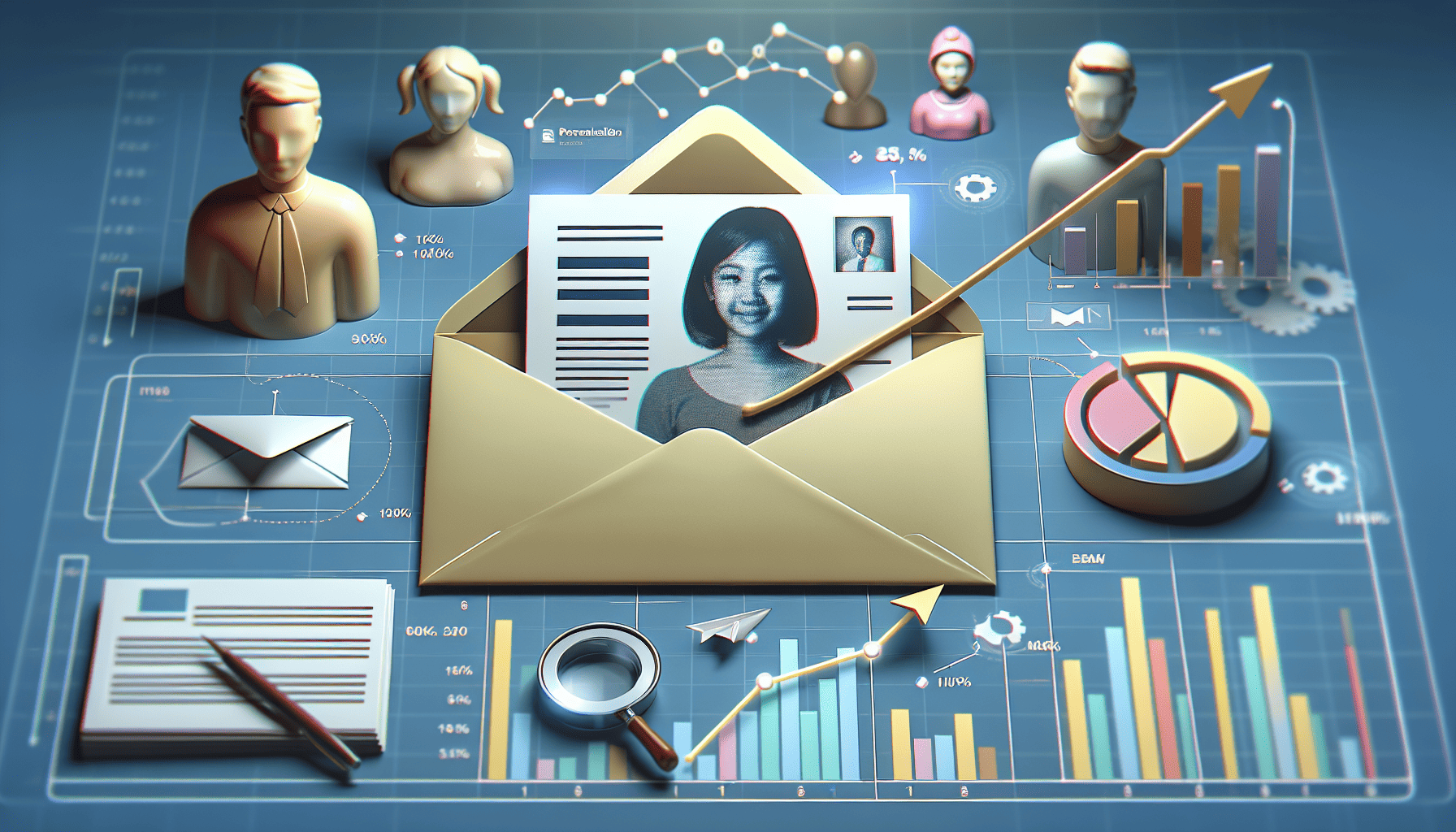Email marketing remains a powerful tool for businesses looking to connect directly with their audience. However, the days of one-size-fits-all email campaigns are long gone. To truly capture the attention of your recipients and drive desired actions, personalization is essential. Below are some techniques to tailor your emails, which can lead to higher open rates, increased engagement, and improved conversions.
1. Segment Your Audience
The first step in personalization is to segment your email list. Group your subscribers based on demographics, past purchase behavior, browsing history, or engagement levels. This segmentation allows you to send more relevant content to each group, addressing their specific needs and interests. For example, an email to first-time buyers might differ significantly from one targeted at loyal customers.
2. Use Dynamic Content
Dynamic content enables you to create one email template that displays different content based on the recipient’s attributes. This could include personalized product recommendations, tailored offers, or specific content blocks that only appear for certain segments. By leveraging dynamic content, your emails become highly relevant to each recipient, enhancing their overall experience.
3. Leverage Customer Data
Utilize the data you have about your customers to enhance personalization. Incorporate their first names in subject lines or greetings to make the email feel more personal. Beyond basic information, consider using data such as past purchases, browsing history, or location to tailor the email content. For instance, suggest products similar to previous purchases or share exclusive deals available in their area.
4. Behavioral Triggers
Behavioral-triggered emails are sent automatically based on recipients' interactions with your company. Examples include welcome emails, cart abandonment reminders, and post-purchase follow-ups. These emails are not only timely but also relevant, as they directly respond to a user's actions. For instance, a cart abandonment email can remind customers of the items they left behind and encourage them to complete their purchase.
5. Optimize Send Time
The timing of your emails can significantly impact open rates. Analyze your audience's behavior to determine when they are most likely to check their inbox and tailor your send times accordingly. Many email marketing platforms offer features to optimize send times or even send emails based on each recipient's past behavior, ensuring your message arrives precisely when they are most likely to engage.
6. Test and Refine
A/B testing is a critical component of effective personalization. Continuously test different elements of your emails, such as subject lines, call-to-action buttons, and content layouts. Analyze the results to discern what resonates most with your audience. Over time, this data-driven approach will help you refine your strategy and enhance your email marketing effectiveness.
7. Use Artificial Intelligence
Artificial intelligence (AI) is rapidly transforming email personalization. AI tools can analyze vast amounts of data to predict recipient preferences and send content that aligns with their interests. This might include automating subject line generation, optimizing email frequency, or personalizing content at scale. By adopting AI, marketers can achieve a level of personalization that was previously difficult to achieve manually.
Conclusion
Incorporating personalization into your email marketing efforts isn't just beneficial—it's essential for success in today's digital landscape. By implementing these personalization techniques, you can create more meaningful interactions with your subscribers, leading to higher engagement, increased conversions, and stronger customer relationships. As technology advances and consumer expectations evolve, staying ahead of the curve with personalized email strategies will position your business for ongoing success.
